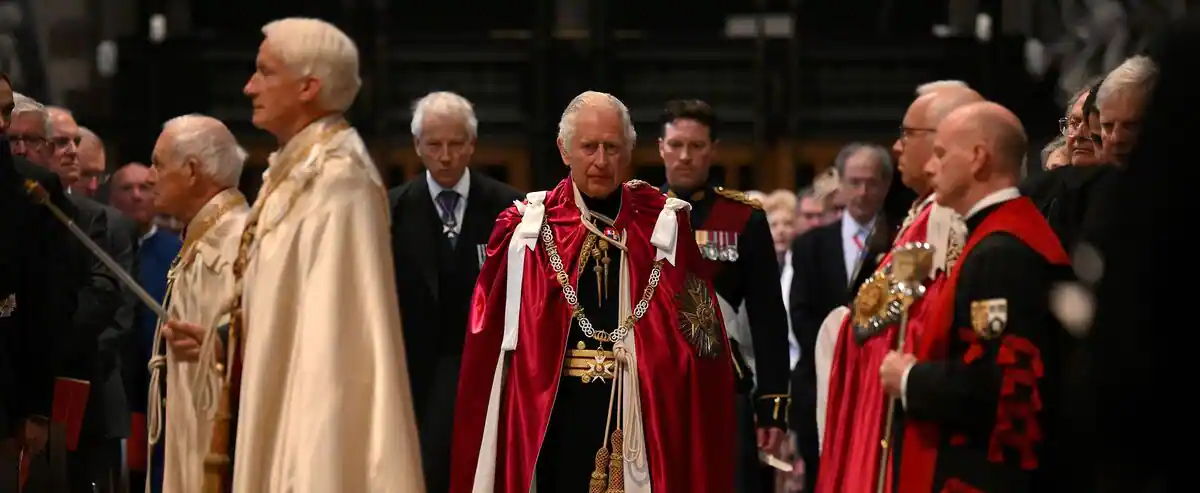The new King Charles is the third British monarch to bear this first name and his predecessors had two extremely different fates.
• Read also: Great names in British music pay tribute to Queen Elizabeth II
• Read also: Elizabeth II: from Dwight Eisenhower to Lady Gaga, she had met them all
• Read also: Highlights of Elizabeth II’s reign
Charles I
Charles I experienced a reign marked by a showdown with Parliament and a civil war that ended in a revolution: the king was executed and the monarchy abolished.
Charles of the Stuart dynasty came to the throne in 1625, ruling over England, Scotland and Ireland. Convinced of possessing a power of divine right, he reigns authoritatively. His marriage to a Catholic, Henriette-Marie of France, also earned him enemies.
Parliament constantly sought to restrict its powers, which caused a conflict with the monarchy leading in 1642 to a civil war.
Although he was defeated in 1645, Charles refused to give in to demands for a constitutional monarchy. He was tried, convicted and executed for high treason in 1649.
The monarch was asked to wear two shirts before being taken to the scaffold. “The weather is so brisk that it can probably make me shake, which some observers may attribute to fear. I will not let this be believed,” he wrote.
After saying a prayer, Charles waved at the executioner, whose identity remains mysterious, and was beheaded. Some spectators dipped their handkerchiefs in his blood.
The monarchy was abolished and England became a republic led by the soldier and politician Oliver Cromwell.
Karl II
The future Charles II fought alongside his father in the Civil War, but fled England when defeat seemed inevitable. He settled in The Hague in 1649.
Despite the abolition of the monarchy in England after the execution of Charles I, his son was proclaimed king of Scotland in January 1651. Fearing an invasion by English republican forces, Charles and his followers invaded England, an attack which turned violent. defeat at the Battle of Worcester in central England.
Charles managed to evade capture and went into hiding for six weeks before fleeing to France.
The death of Cromwell in 1658 results in a crisis and Charles is called upon to return and ascend the throne in 1660: it is the restoration of the Stuarts.
The monarch, whom portraits depicted with voluminous black curls and a mustache, endeared himself to his subjects.
This libertine king, who had many mistresses, was “witty and kind, grateful, generous, tolerant and, on the whole, sympathetic”, wrote the historian Antonia Fraser.
His reign saw the rise of colonization and trade in India, the East Indies and America. It had to face two deep crises, the Black Death of 1665 and the Great Fire of London a year later.
Charles had a stroke on February 2, 1685 and died at the age of 54 four days later, despite or because of the treatments he had undergone: bloodletting, purging and cupping.
He was buried in Westminster Abbey on February 14 and was succeeded by his brother, becoming James II of England and Ireland and James VII of Scotland.
